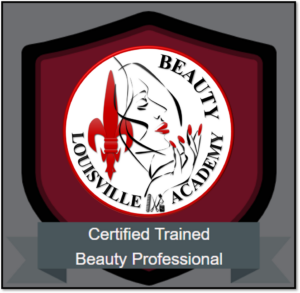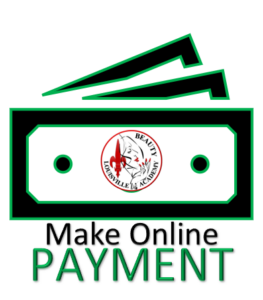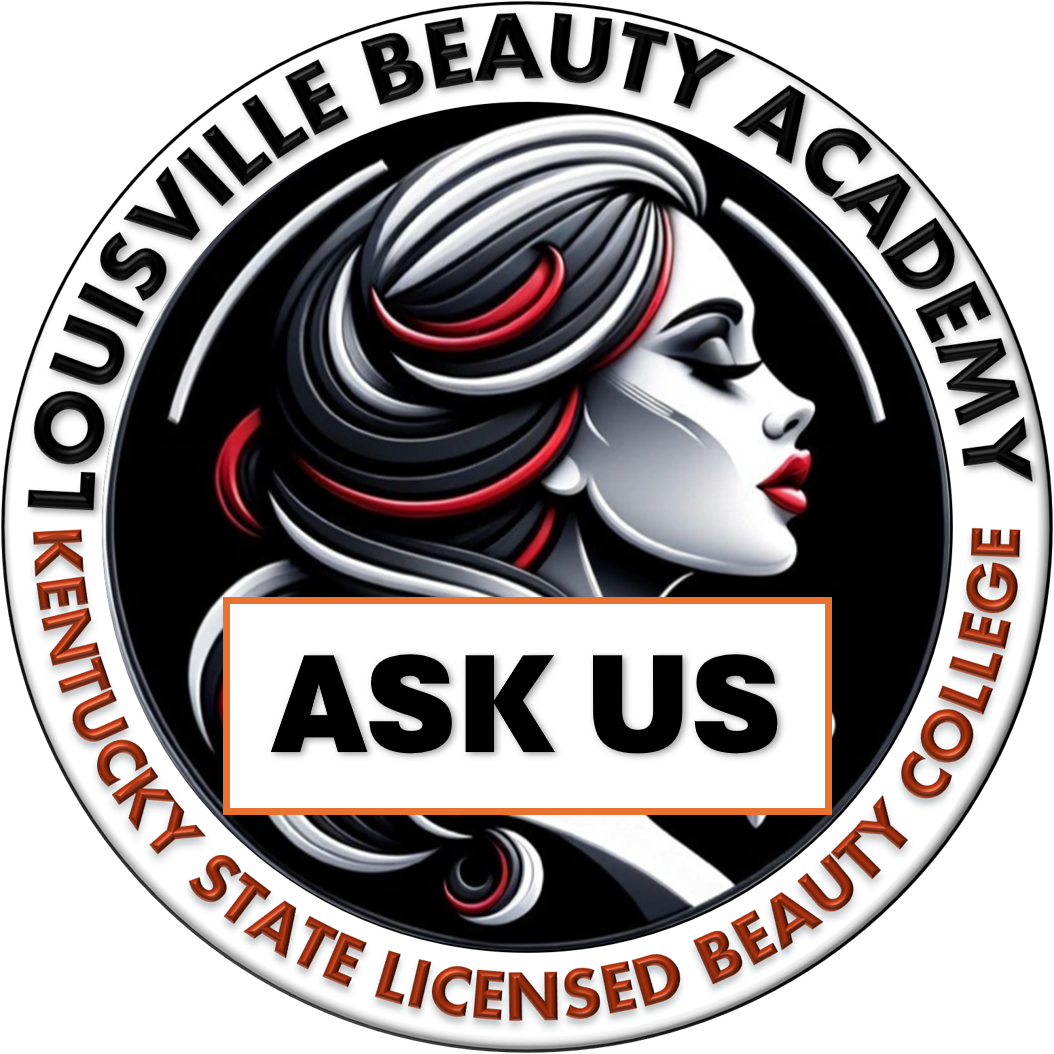The American nail industry, known for its vibrant diversity, has seen significant contributions from various ethnic groups over the years. The Latino community, with its rich cultural emphasis on beauty and personal grooming, has been an active participant in this domain. Their presence is not only seen in nail salons as consumers but also as skilled professionals, influencers, and entrepreneurs. However, the journey is not without its challenges.
A Deep-rooted Cultural Significance In many Latino cultures, beauty and personal grooming hold a profound significance. This cultural value is evident in various domains, from haircare to makeup and nail care. Events, from festive occasions to daily grooming, underscore the importance of well-maintained nails. Many Latino entrepreneurs, recognizing this cultural touchstone, have ventured into the nail industry, establishing their own salons and businesses.
Influencers, Artists, and Brands The rise of social media platforms has ushered in a new era for nail artistry. Latino beauty influencers, specializing in nail designs and trends, have carved a niche for themselves, guiding industry evolutions. Additionally, Latino entrepreneurs have expanded the industry’s offerings by launching their nail polish lines and crafting tools suited to their community’s preferences.
Challenges on the Path While the beauty industry is vast and full of potential, Latinos face specific challenges when venturing into the nail industry. Market competition, ever-evolving skill requirements, and regulatory standards can pose hurdles. More pertinently, the challenges of language barriers loom large. Examination testing, a crucial step for professional legitimization, often restricts non-English speakers.
For instance, some states have been highlighted for their restrictions on multi-language testing. The sentiment of the immigrant community’s leaders, advocating for multilanguage tests, is powerfully expressed. They rightly point out that if an individual understands math and sanitation in Spanish, it is equivalent to understanding it in English. Knowledge should be the measuring yardstick, not the language in which it is displayed.
Furthermore, the appeal for equal representation, particularly in state boards of cosmetology, stands as a testament to the community’s drive for inclusivity. Diversity within such boards can usher in a more holistic and encompassing regulatory framework.
Conclusion The Latino community’s involvement in the nail industry reflects a blend of cultural values, entrepreneurial spirit, and skill. While challenges persist, especially in the realm of language barriers and representation, the path forward is clear. By advocating for inclusivity, equal opportunities, and representation, the beauty industry can truly celebrate its diverse tapestry. With leaders and advocates pushing for change, a brighter, more inclusive horizon is undoubtedly within reach.






